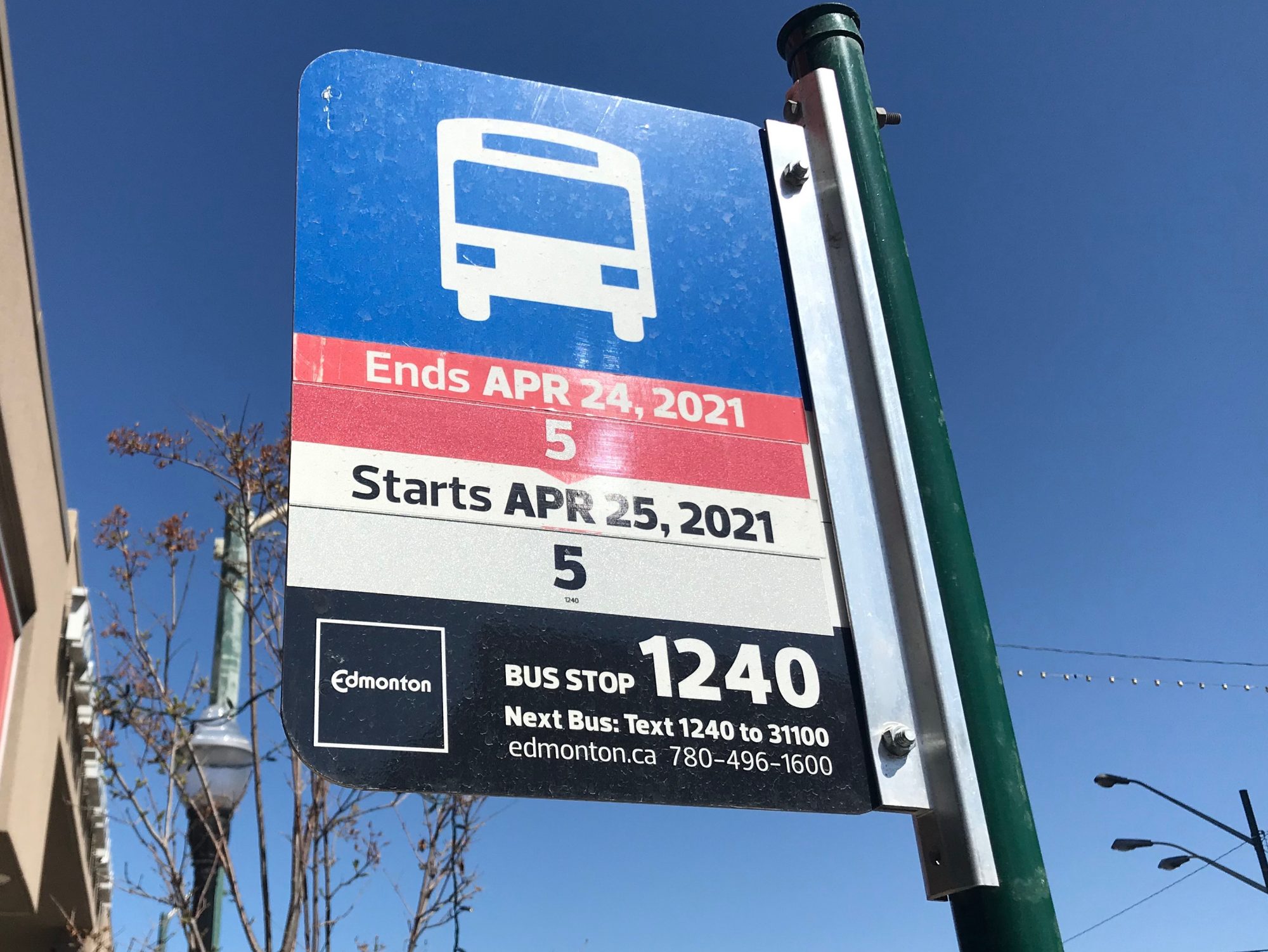Michelle Peters-Jones is part of a transit-taking family. Her teenage daughter regularly takes ETS to school and to her extracurricular activities. Her son, who is in kindergarten, is already well used to riding transit. The family does not own a car, pickup or SUV.
Peters-Jones, along with the her fellow members of an ETS subcommittee focused on safety and security on local transit, have seen the studies from other cities: “The younger a person gets on transit, the more likely that person is to be a rider for life,” she says.
Now, Edmontonians can tell the safety and security group how they feel about children/teens and transit. Two new surveys are posted, and are expected to remain up till mid-February. One is aimed at users aged 12-21 and the other at adults over 21: They ask open-ended questions about safety and what people feel are the barriers to putting their kids on the bus and LRT.Peters-Jones says that, in social gatherings, she hears from other parents who tell her that they wouldn’t be comfortable putting their kids on transit by themselves. Her daughter has been going on the bus by herself since she was in Grade 5.
She hopes the survey will help indicate the key factors that make parents uneasy.
“We really need to hear the voices of the people that this affects,” she says.
As well, a California study of transit and non-transit-riding children showed that kids who used transit as the key mode of transportation also get more physical activity than kids whose families use personal vehicles. The logic is simple: Even walking back and forth to the bus stops gets more active than strutting out to the garage and sitting in a car.
“As the number of vehicles per licensed driver in the home increased, the expected minutes per day of transit-related activity declined,” concluded the survey, published inHuman Kinetics Journals. “Those children with an adult who used transit in the home accrued almost five minutes per day more transit-related activity, compared with those without such an adult.”
